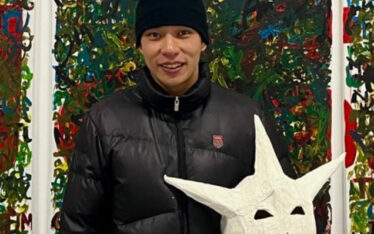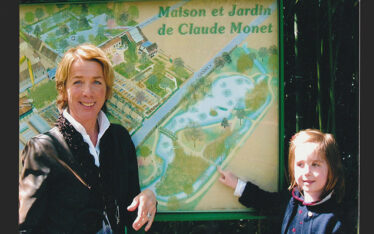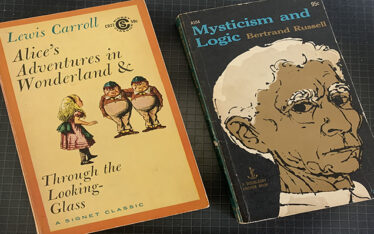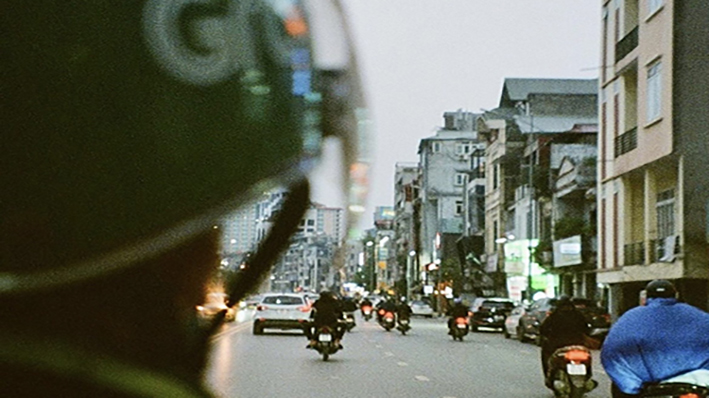
photos – Irini Spyrou
In his book, Censorship in Vietnam: Brave New World, Thomas Bass defined Vietnam as a “case study as to whether commerce can exist without culture”. To paraphrase: given the economy’s rapid shift from centralized to globalized free market, can this expansion continue against a backdrop of state controlled cultural production? I’ll come back to Bass.
Until then, I take you here: in my article, this one here that you’re reading, I semi-satirically define Hanoi as a “case study as to whether traffic can flow with minimal regulation”. To paraphrase: Hanoi is a city of 7.2 million people on motorbikes, where lights, lanes, and street signs are treated as, at most, a light suggestion; can this effectively function with minimal collision and casualties?
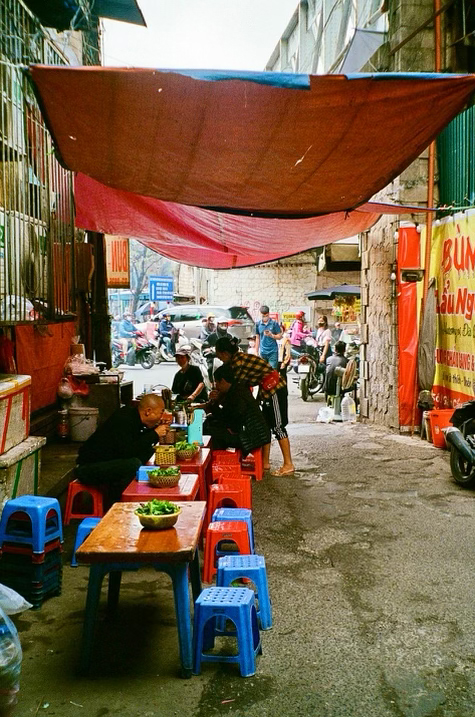
Five months into Hanoi-move, I finally decided to suck it up and get my bloody bike – and can thus confirm “yes” to the preceding rhetorical question. Funny enough, my most awkward / consequently hazardous incidents were out of reflex to stop – be it for cross traffic zooming along the intersecting street or for pedestrians hop-scotching across whatever vacant square inch of pavement they could fathom. Each time that I fully braked and waited for said anonymous stranger to traverse, I felt like I let out a cumbersome hiccup amidst the surrounding flow. Three or four hiccups in and I picked up on the tacit modus operandi: you rarely come to a full stop (maybe unless in a massive crossroads with 4+ lanes of opposing directions… and even so).
This is what struck me when I first visited Hanoi in January 2023. The city is in incessant movement. I kept repeating these words to myself (and to a select few who had to endure a spam of fresh-off-the-24-hour-flight voicememos). It wasn’t until I myself hopped on the bike that I realized why that line specifically was coming to mind. Literally: the vehicles do not stop. They slow, they honk, they swerve. They keep moving forward regardless of the obstacle. Coming from Los Angeles, a city as much as renowned for the fantasy of infinite individual space as the reality of bumper-to-bumper standstill traffic, Hanoi’s absurdly organized chaos in getting from a to b unsurprisingly triggered something. I was instantly drawn to the movement.
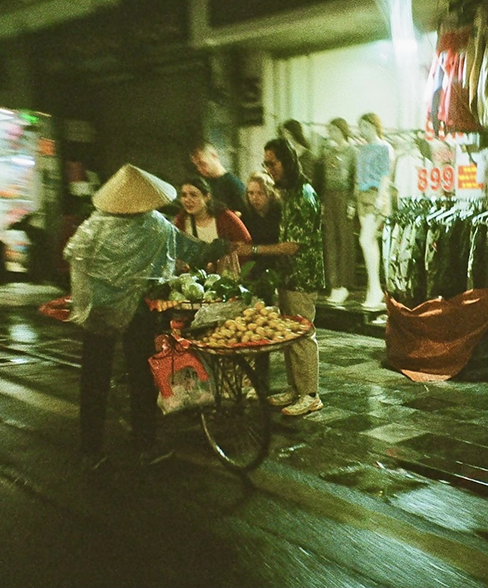
One year later, and I write this from my 5th floor studio on Trấn Vũ, motorbike commotion in the background sprinkled with “EM ƠI” at the Lẩu ếch restaurant downstairs, space heater at my feet, blanket wrapped around my shoulders (because Hanoian humidity is a passionate meteorological amplifier that hurls you overnight from sweating buckets to frosting your little intestine). In August, I embarked on my one-way flight: LAX–Noi Bai. My automated rationale when asked what brought me to make the move, in addition to the hyper active streets: “I found what was happening in the art world to be incReDiBly interesting.” After recently being grilled on that last everything-but-nothing meaning term (thank you, Hương Mi Lê), I decided to formally elaborate on this abstract phrasing.
I dissect this.
Why Vietnam?
(apologies to those that have heard me give the umpteenth elevator pitches)
I was born in the US, raised in a French education system, did my undergrad with one foot in each; during my bachelor’s, I realized my interest in International Relations/ History was solely thbrough the lens of understanding how the two countries I have closest proximities to have royally fucked up in the world. When contemplating which country to write about for my Global Studies’ Honor Thesis, Vietnam suddenly struck me as the evident crossroads of my two ‘home countries’ tone-deaf foreign policies – a country with a history I myself knew littlew about beyond the counterculture testimonies provided by my Baby Boomer gen father at the dinner table (“it was all about turrn on, tuuune in, droppp out, man”).
(It’s also mildly worth mentioning the anecdote of me moving to Belleville – historically Asian migrant neighborhood of Paris, Rive Droite – for a month in July 2022 and project–Vietnam nearly hitting me like a spiritual awakening… as ridiculously white yogi guru as it sounds… cringe truth. Equally noteworthy: my specialization in said Global Studies major was Peace and Conflict in the Middle East:,D).
My initial ~tone-deaf (following the US-Franco suit)~ attempt
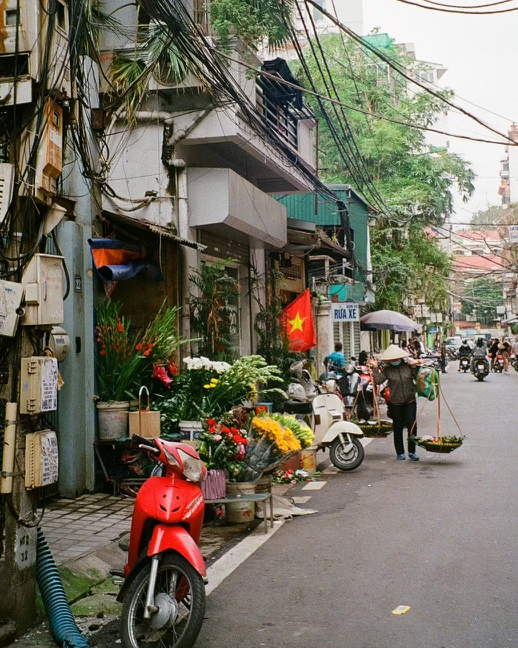
After receiving a grant from Berkeley’s Global Studies Department, I came to Vietnam in January 2023 to pursue a thesis on how artists in Vietnam are actively combatting state censorship (long story on how I got to this topic but in short: I knew I wanted to research something a) contemporary and b) in the art sphere, and c) the political angle was a language I naturally gravitate towards given my academic interest in Pol Sci at the time… how many things have changed since January 2023:,D).
Upon arrival, I had planned to spend one week in Hanoi, one week in Ho Chi Minh City – at the time, assuming I could research ‘Vietnam’ generally speaking (WOW was I off the map to think you could umbrella term the regions into one phenomenon). I equipped myself with 5 months of introductory Vietnamese (to those who know me in Hanoi now, hi, this is embarrassing to put into writing). I developed my knowledge on the country’s complex identity with courses such as Dr. Peter Zinoman’s lecture on Vietnam’s 20th century history. I built up a literature review fed intensively by works of contemporary Vietnamese art scholar Nora Taylor on the experimental art boom of the 90s, as well as any articles/ books defining the cultural paradigm of the country’s capitalist-economy x communist-party balancing act. It was during that time that I encountered the literature of Bass, he and the infamous phrasing of “Vietnam as a case study as to whether commerce can exist without culture”. To further paraphrase: creativity cannot exist under any system other than liberal democracy. (Funny how be it in the sphere of cultural prod just as in that of geopolitical conflict, the white man’s tongue persistently sings the same sweet savior song.)
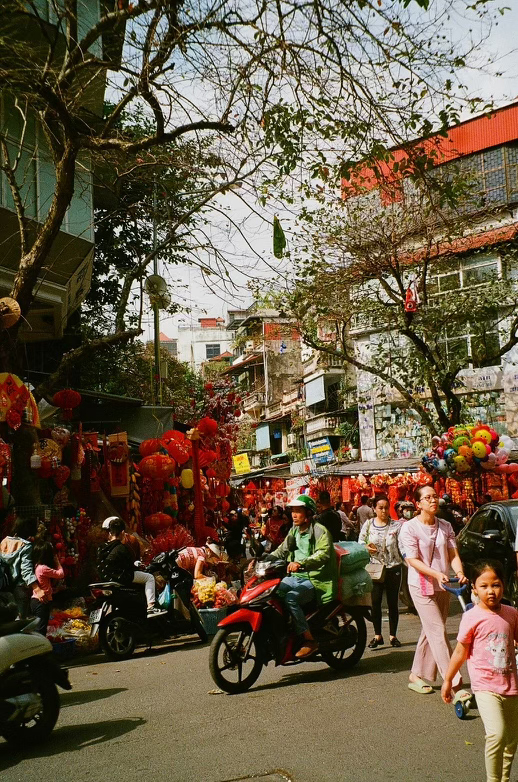
On the ground, I quickly realized that a) WOW was Bass fucking out of the ballpark, and b) my own research approach echoed the very ‘white man’ assumptions that Bass conveyed. Prior to speaking with anyone, I diagnosed artists/ all those working within the creative sphere as victims against an oppressive regime. I soon realized such an approach was, simply put, tone-deaf. That’s not to say censorship is not a routine obstacle for artists and art spaces. As head of Hanoian independent Heritage Space, Nguyen Anh Tuan, expressed to me: “censorship is one mechanism among many others“. As it turns out, those working in art in Hanoi 2023/ 2024 are knee deep in elbow grease, their efforts in establishing a domestic art scene being proof of something far more complex and all the more dynamic than the mere artist vs. authority binary – a protagonist versus Big Brother storyline that we, Western audience, eagerly gravitates towards.
The first week in Hanoi entailed ethical research x existential (always existential) crisis (I can remember the exact night – FIRST FULL MOON OF THE GREGORIAN CALENDAR – where I thought I was ready to call it quits… my grandmother’s pendant shattered on the floor of my Airbnb tiled floor, and I swear I heard her curse me as an idiotic failure against the streetside karaoke background music). I picked up the pieces and ignored the whispers of some higher spirit. Rather, I listened to my gut and canceled my flight to Saigon. Two weeks in Hanoi. The moon waned, and the answers came.
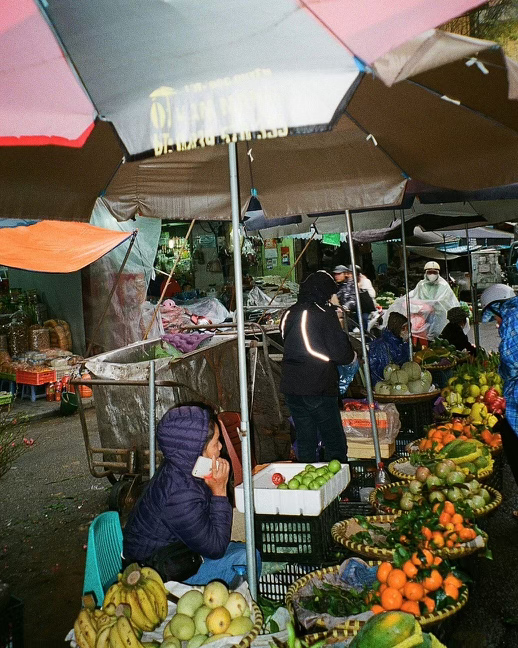
Lo and behold, I fell in love with something much different than what I had anticipated. A story rather than research matter; a community rather than research subjects. This ‘story’ does not solely pertain to the artists and artworks but rather the collective effort amidst this tight-knit community all working together to build a bottom-up contemporary art scene – an artistic performance in itself, with an ultimate goal of reshaping a city around creative contemplation. The long-term effect could perhaps be that Vietnamese artists and art audiences alike don’t have to go to the white cubes of Berlin, Paris or New York to encounter a sense of so-called ‘value’. This story has gone insofar as to convince me to dedicate – at least– the next year of my post-undergrad life to living within it.
And Now… Hello from Hanoi!
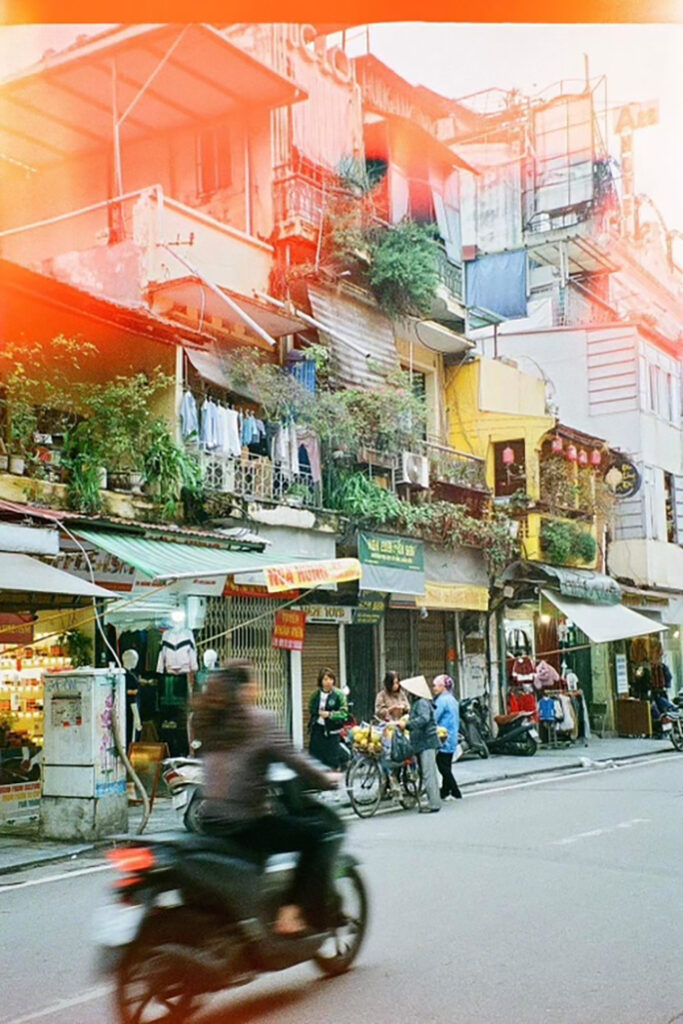
I am announcing this new Hanoi-art focused segment which seeks to narrate this niche chapter in art history that I am encountering in the day-to-day of my time here. It is by no means a claim to formally writing the history, certainly not on anyone’s behalf. I can only share the lens of my own story amidst it all, my complicated love affair with this wonderfully weird, charmingly chaotic city (this phrasing will need an eventual 1000+ word essay to be explained).
The last ten years has undergone a rise in a dozen or so alternative art spaces in Hanoi, an unprecedented phenomenon which speaks to a unique chapter in the capital’s cultural paradigm. The mid-90s witnessed a boom in experimental art as Vietnamese artists enjoyed the liberty to choose and exhibit their own work outside of government mandate. While the human resources were abundant, the only experimental platforms provided for these artists were via foreign cultural institutions and spaces such as Goethe institute or Salon Natasha. Today’s spaces share the following similarities that distinguish them as a new current of bottom up infrastructure for contemporary arts in Hanoi today: 1) not government affiliated, thus not operating under the official “museum” label 2) not selling art commercially 3) producing/ exhibiting art which breaks with the representational style found in most galleries/ museums, instead practicing a conceptual mix of installations, performances, and photography 4) founded by a generation of Hanoians who’ve, for the most part, previously worked abroad or with foreign cultural institutions, and eventually decided to return to Hanoi to establish a space run for and by a Vietnamese art audience 5) operating not only as exhibition spaces but equally as initiatives to educate both artists and a domestic art audience.
Quick ~ Contemporary Context~
The Doi Moi reforms of the 1990s transitioned Vietnam away from a centralized command economy to market-oriented. The shift towards privatization was accompanied by rapid globalization. As borders opened, Vietnam’s period of geopolitical isolation came to a close. Tourism boomed; foreign investment rushed in. Economic growth skyrocketed. A consumer class formed. A newfound wealth gap followed. Corruption tacitly ran rampant in the one-party political arena. “Authentic” and “traditional” became memorabilia buzzwords. Social media began to define interconnectivity with Western countries rather than wartime occupation. While my father’s generation was that of the Boomers drafted to partake in LBJ’s Rolling Thunder, I teach English like every other white expat given the sky-high demand for native speakers. In short: since the mid 1990s up until today, Vietnam’s cultural landscape has been turned on its head at exceptional rates.
Vietnam’s Current Cultural Paradigm
The dominant cultural narrative in Vietnam today has yet to provide a platform to discuss this flux of recent developments in the country’s evolving identity. Museums and formal art schools operate as government-run institutions — both in funding and in doctrine. As the government remains wary of experimental practices, these institutions follow a representational art practice that resembles the formal teachings of the Indochina Fine Arts University under Victor Tardieu. Official cultural institutions thus narrate a homogenous take on history and national identity. The second layer of the dominant narrative is the commercial art scene. With an almost exclusively non-Vietnamese clientele, the commodification of Vietnamese art occurred as a post-colonial byproduct of capitalization and globalization, paintings typically depicting exotic rice field landscapes and beautiful women dressed in traditional ao dai. The Western-audience oriented art market has consequently laid a norm for art practice in Vietnam to be treated as hot commodities. Both layers of cultural development are also running on the backdrop of “Vietnam <-> war” interchangeable imagery for those from Global North never having stepped foot in the country.
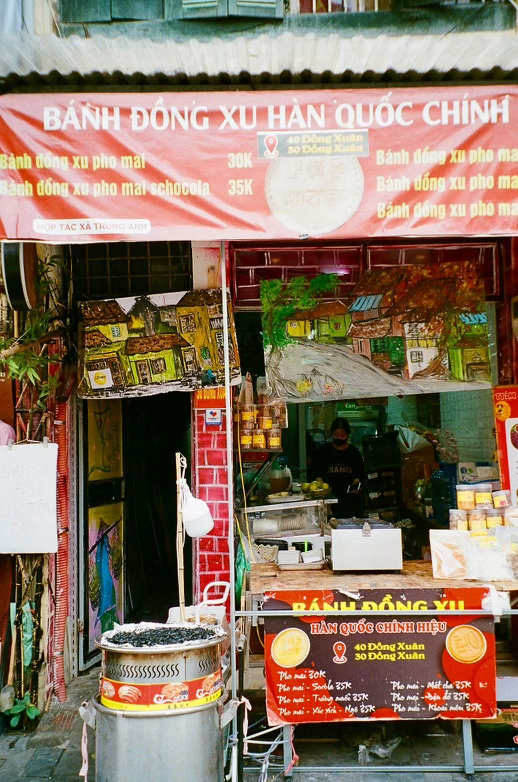
Heritage, Ba Bau Air, Á Space, Manzi, The Outpost, APD, Mơ, — these are just some of the spaces that are providing Hanoian artists with a platform to engage in experimental aesthetic practice that breaks from mainstream representational paintings. Rather, they encourage artists to venture into critical works that query on matters of change, identity, complex history and socio-economic reality alike. In turn, they are re-endowing art with a reflective purpose, one which engages a domestic audience as participants rather than passive spectators.
So… Why should the average person care about the rise of alternative art spaces in 21st century Hanoi?
I recall my wondrous friend Barbara, a German researcher doing a thesis on South Korea and Japan’s art education systems who had scheduled a stop in Hanoi amidst post-research travels. (Fun fact: we met/ our stars aligned on the previously mentioned full-moon – Barbara was a key contributor to existential answers coming in post-peak lunar havoc). She described this wealth of creative innovation we were both witnessing: “Hanoi feels like Paris in the 1920s.” I’ve since been repeating this line like a broken record (you can gauge how I function). Beyond poetic romanticization, Barbara’s observation triggered something else in how I read the cultural characterization of the city.
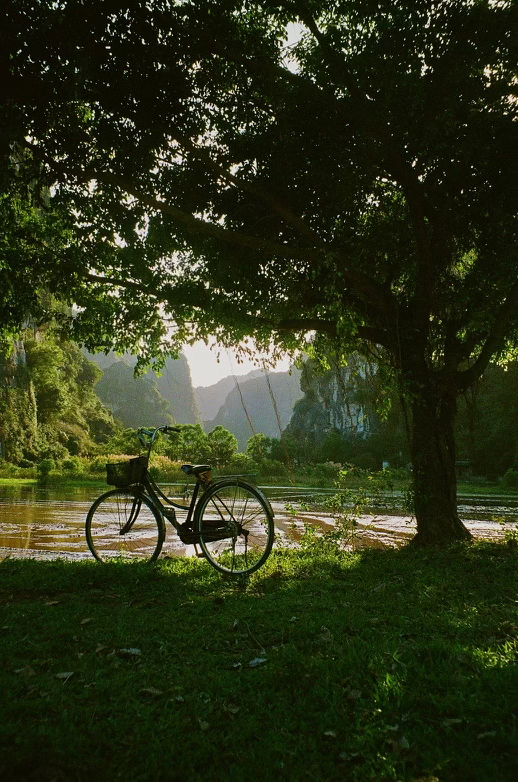
To refer to philosopher John L. Austin, language – or ‘performative utterances’ – creates realities rather than simply describing them. Why exactly do most of us perceive Paris as PARIS, just as we see Berlin as BERLIN, New York as NEW YORK, London LONDON? I hypothesize one focal reason: they are such because language is power. Language fabricates reality and he (most often he) who is in power has a hold of the pen/ microphone. The loudest voices resonating from the West deem Paris a cultural Mecca, consequently crystallizing it as such– take Hemingway’s A Moveable Feast as one cult classic example of such performative utterances among infinite others.
Things are shifting: Hanoi on the horizon
Hanoi is a city in incessant movement. Literally: the vehicles do not stop. Beyond literal motor-traffic sense, the bottom-up cultural organization currently unraveling is one axis of metaphorical momentum. And yet, in beautiful irony, the art spaces carrying this momentum equally embody a calling to pause. Be it in exhibitions, performances, concerts, screenings, talks, or just creative congregations: these spaces provide breaks to think. To zoom-in as much as zoom-out, and make some sense of the motion.
I’ve had the immense privilege to closely bear witness to this whole process, if anything thanks to the trust and hospitality provided by those running the art spaces from the get-go. If I am to deem myself with one immediate purpose, it is to put this process into words. For one, to give due recognition to those building an ecosystem from scratch for Viet contemporary art to exist, develop, and thrive in Hanoi. For another, to allow those not able to see these developments on-site a chance to fall in love with the story – just as I have.
(Hence why I believe that the behind-the-scenes shouldn’t solely be documented for/ discussed among those in the field of academic art research – these are brilliant people planting seeds of thoughtful creativity throughout the city when odds are most often not in their favor… a very human story that should be talked about by everybody, not gate kept for a specialized few).
I leave you for now with this!
There is a whole spectacle that occurs outside of the artwork-spectator-in-white-cube-space interaction, let alone outside of the primarily white-bodied upper 1% art market. My encounters in Hanoi have made me realize that this spectacle is often more interesting than the works themselves. In my passionate melo-dramatic spirit, I want the world to know about it. While I figure out how to access said world, I’ll preach my ponderings to you, anonymous reader.
By no means do I assume myself as ‘discovering’ something, which has yet to be tapped into. My writing is just one effort among many others to increase exposure to this specific time and place – one motorbike bulb amidst a greater growing spotlight.
(c) 2024 Caroline Levin. All rights reserved.
About the Article
An American watches as Vietnam comes even more magically alive.

